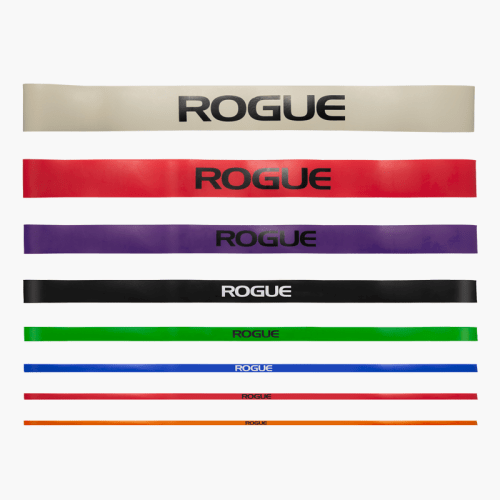Try These 6 Resistance Band Exercises for Swimmers
Resistance bands are a well known strength and conditioning tool, but it can be hard for swimmers to know which exercises to select. In this article I provide 6 sample exercises swimmers should use in their training programmes. I also walk through the benefits of resistance bands for swimmers and how they can add these styles of exercises into their training routines.
Get weekly roundups of the best training tools in your inbox, every Monday.
No spam – just thoughtful training advice
- Quality Resistance Bands For Swimmers
- Benefits of Resistance Band Exercises For Swimmers
- Increase Muscle Mass
- Improve Core Strength
- Improve Shoulder Stability
- How To Incorporate Resistance Band Exercises Into A Training Programme
- Full Body Resistance Training Sessions
- Stand Alone Circuits
- Sample Resistance Band Circuit for Swimmers
- Try These 6 Resistance Band Exercises for Swimmers
Quality Resistance Bands For Swimmers
Benefits of Resistance Band Exercises For Swimmers
Increase Muscle Mass
Although gaining muscle mass with resistance bands can be a challenging task, it can still be an effective way to increase muscle mass, especially for the amount of muscle required to thrive in swimming. Swimmers need to have large upper bodies in order to perform at their peak and performing resistance training exercises such as banded press ups can help them achieve this style of physique and therefore improve performance in the pool.
Improve Core Strength
Swimmers need to have elite level of core strength and stability in order to perform at their peak. Resistance bands are one of the most effective tools for building core strength. I have only added two examples in this exercise list but there are 19 core exercises that can be performed with resistance bands. Not only are there a large amount of exercises, but there are also exercises which cover every movement category of the core musculature. The band can be used to develop the anterior core, resisting rotation and rotation, making it a very versatile tool for swimmers who are looking to develop their core strength.
Improve Shoulder Stability
The shoulder joint can pose a lot of issues for swimmers if it becomes injured and or lacks stability, which is a common injury that swimmers can deal with. Building strength and stability in the shoulders can easily be done with resistance bands. Strengthen the muscles that surround the rotator cuff can help build stability in the shoulders which can potentially mitigate injury.
How To Incorporate Resistance Band Exercises Into A Training Programme
Full Body Resistance Training Sessions
Full body resistance training sessions for swimmers would be the most beneficial way to use these banded exercises. Through performing full body resistance training, preferably with a variety of equipment, swimmers will be able to improve the condition of their bodies through improving strength, muscle mass (to a certain extent that is beneficial) and mitigate injury.
Stand Alone Circuits
If time is a limiting factor, or your swimming routine is already so intense that you do not have time nor energy to perform full body resistance training then using stand alone circuits can be very beneficial. These sorts of circuits will allow you to isolate specific training goals that you have and attempt to improve them. They will usually consist of two to three exercises that are performed for 3-5 rounds.
Sample Resistance Band Circuit for Swimmers
Complete 3 rounds
1. Band Resisted Deadlifts
2. Press Ups with Band Resistance
3. Banded Deadbug Pulses
Try These 6 Resistance Band Exercises for Swimmers
Buy Bands ↗
Buy Bands ↗
Buy Bands ↗
Buy Bands ↗
Buy Bands ↗
Buy Bands ↗
If you enjoyed this resource you can find more below or try Programme, a fitness app that plans every workout for you – based on your progress, equipment and lifestyle.
This resource was written by Sean Klein. Sean Richard Klein has thousands of hours of coaching experience and a BSc in Sports Science with Management from Loughborough University. He owns a gym in Bayonne France, CrossFit Essor, which runs group classes and a Personal training studio.
Sean Klein


